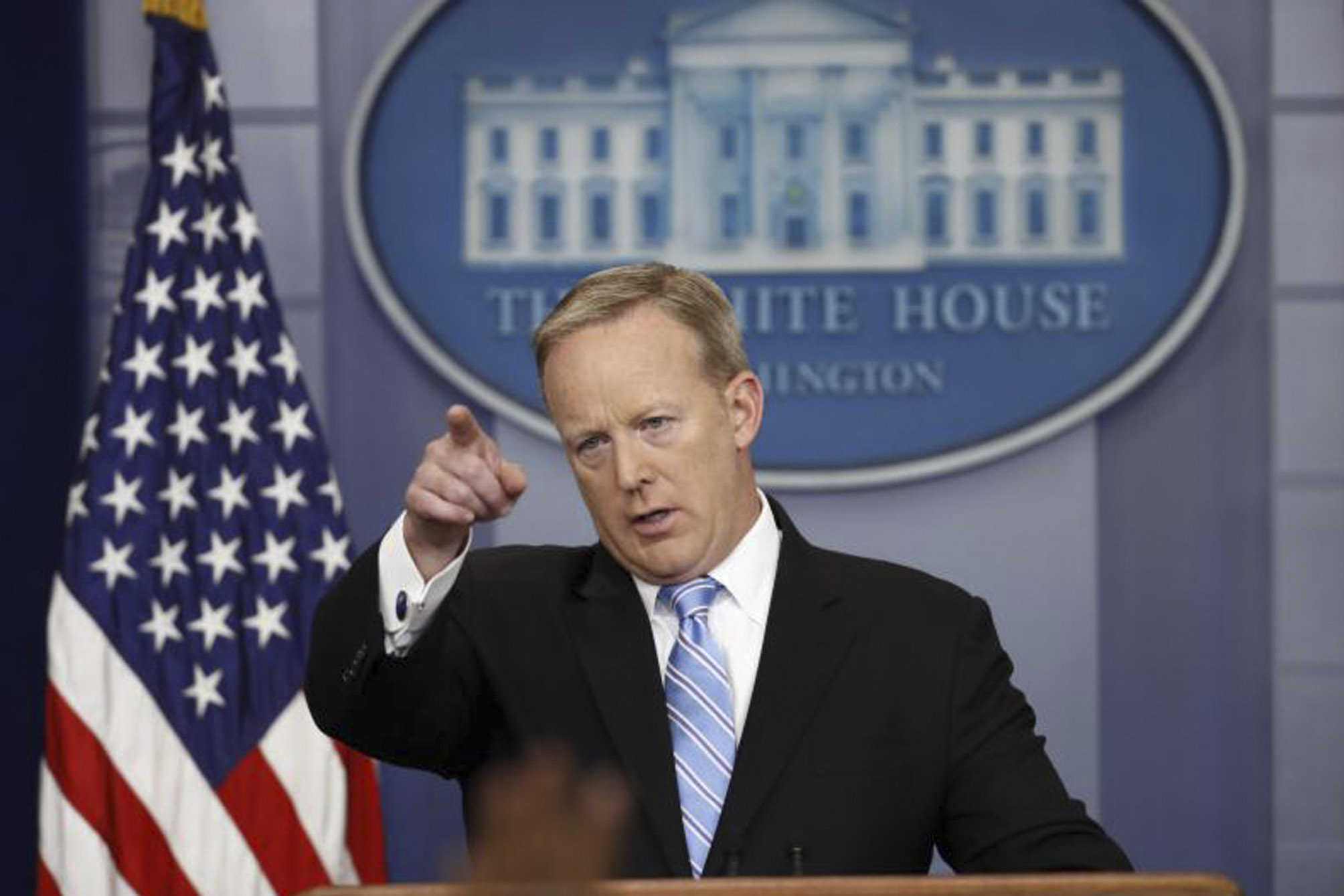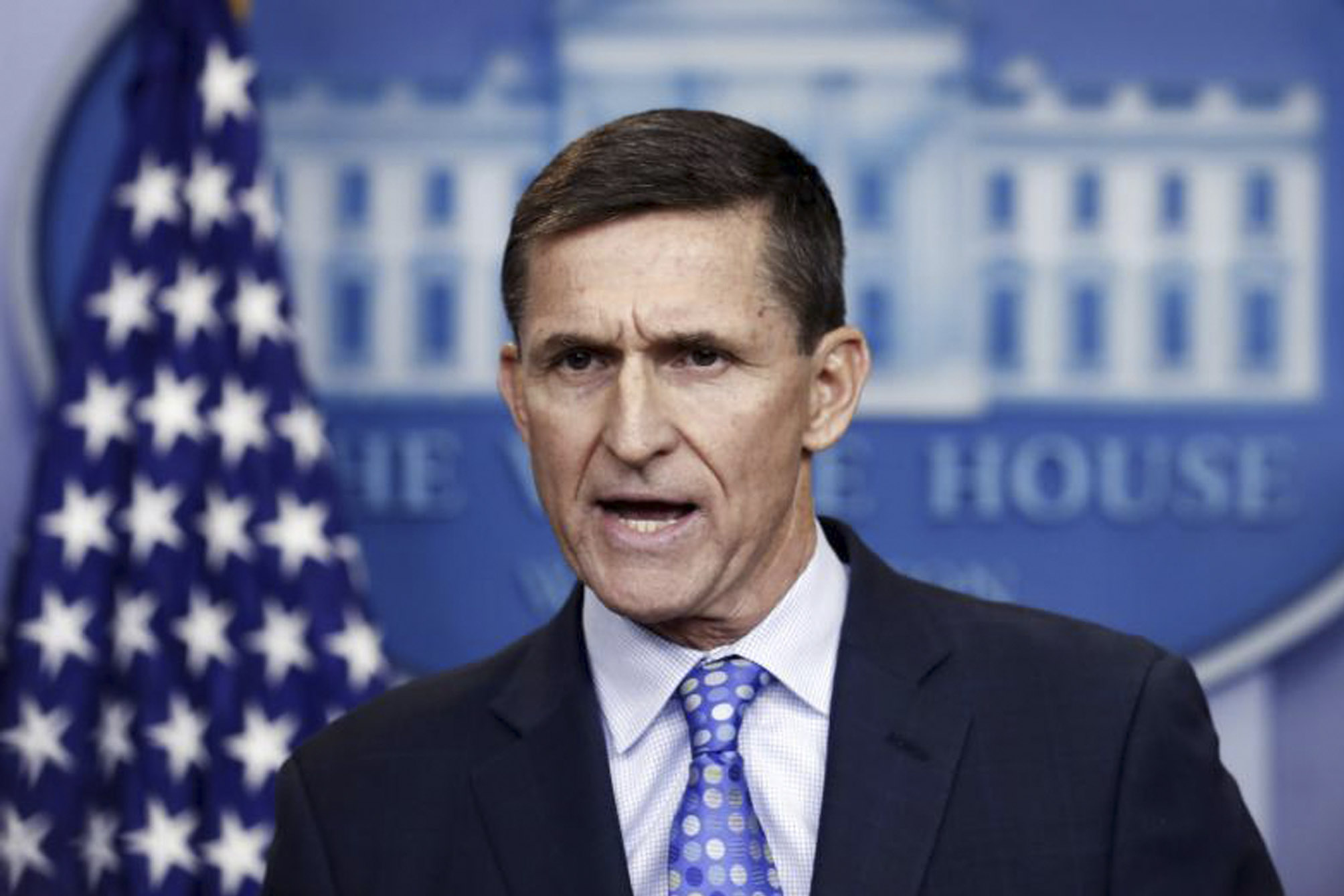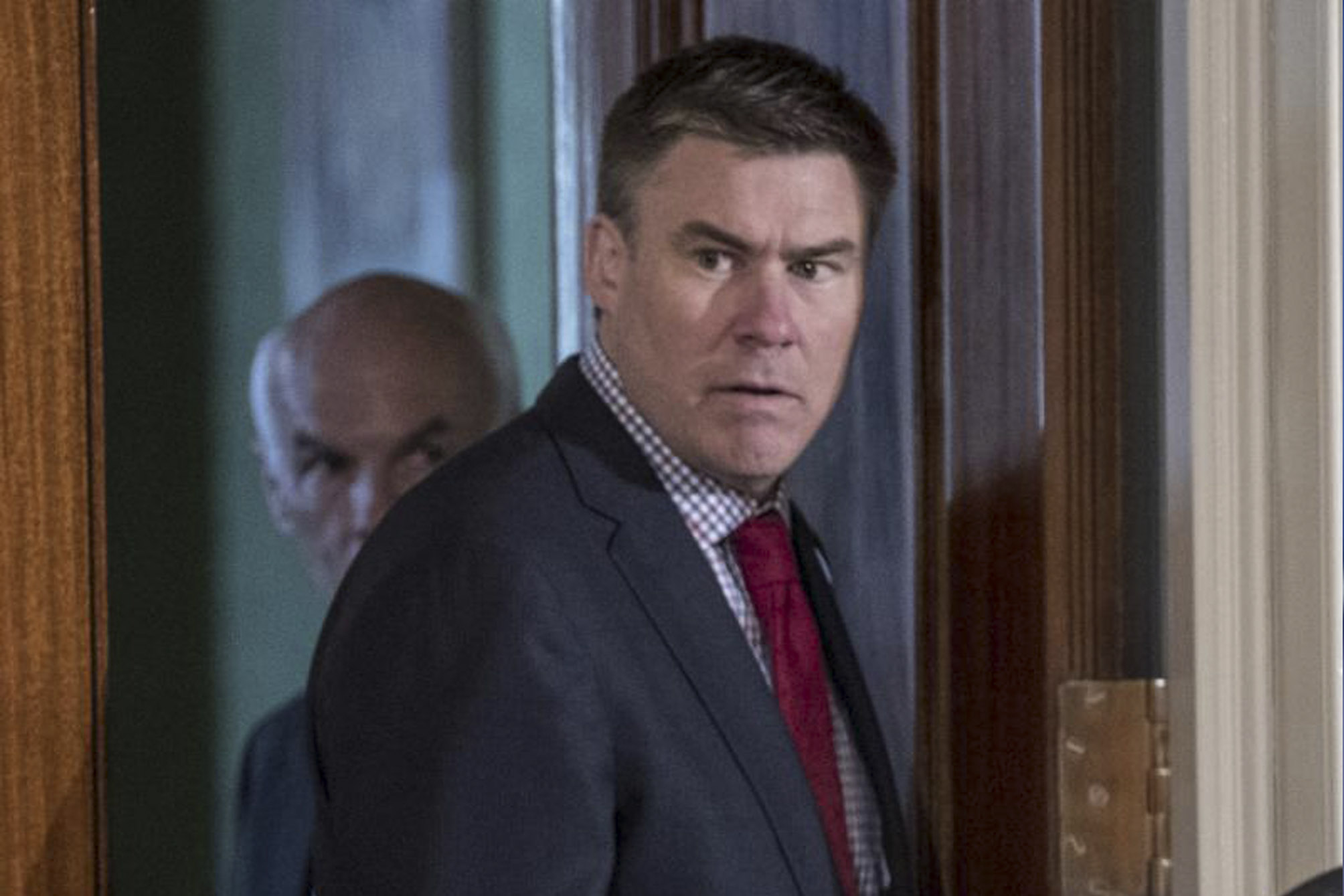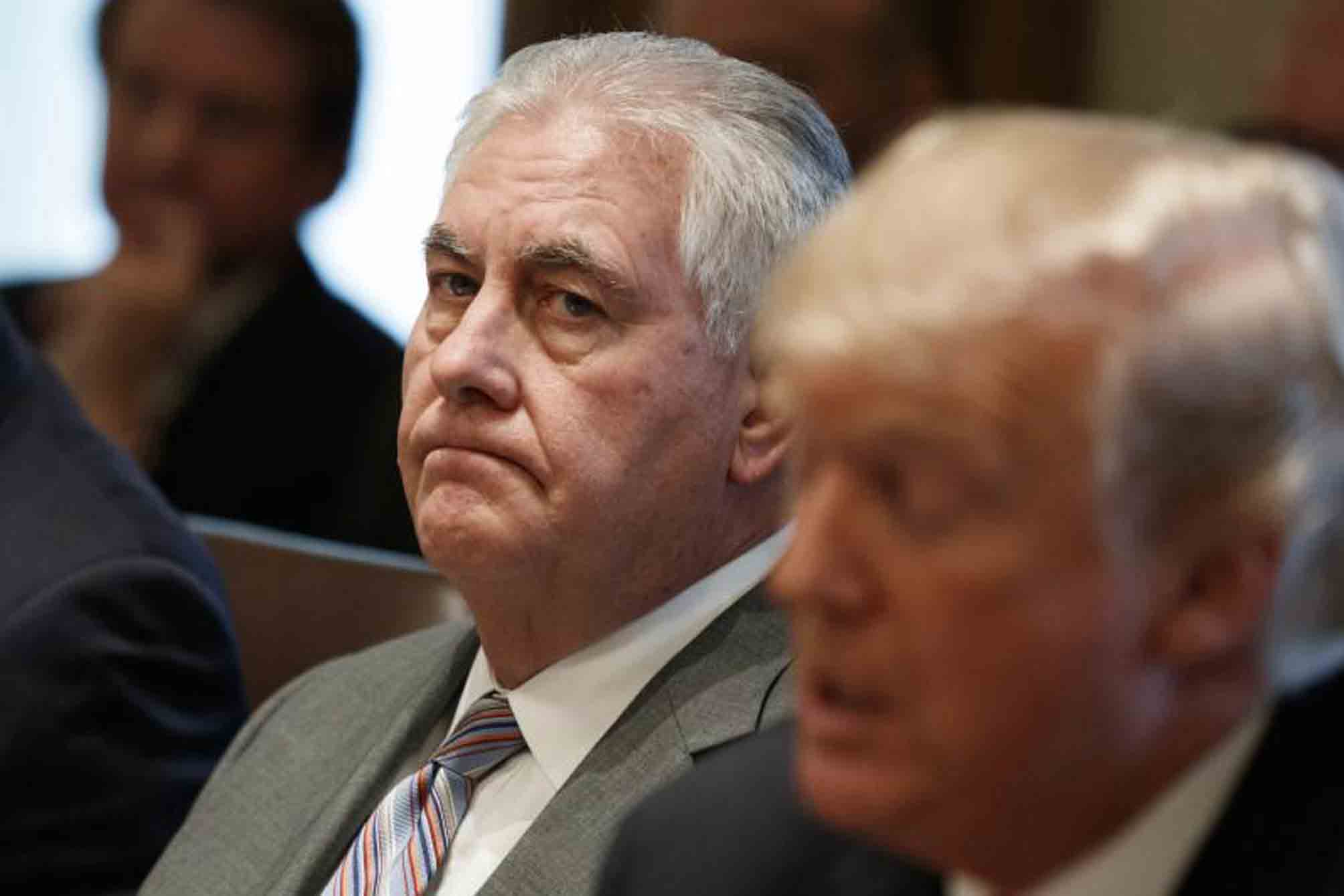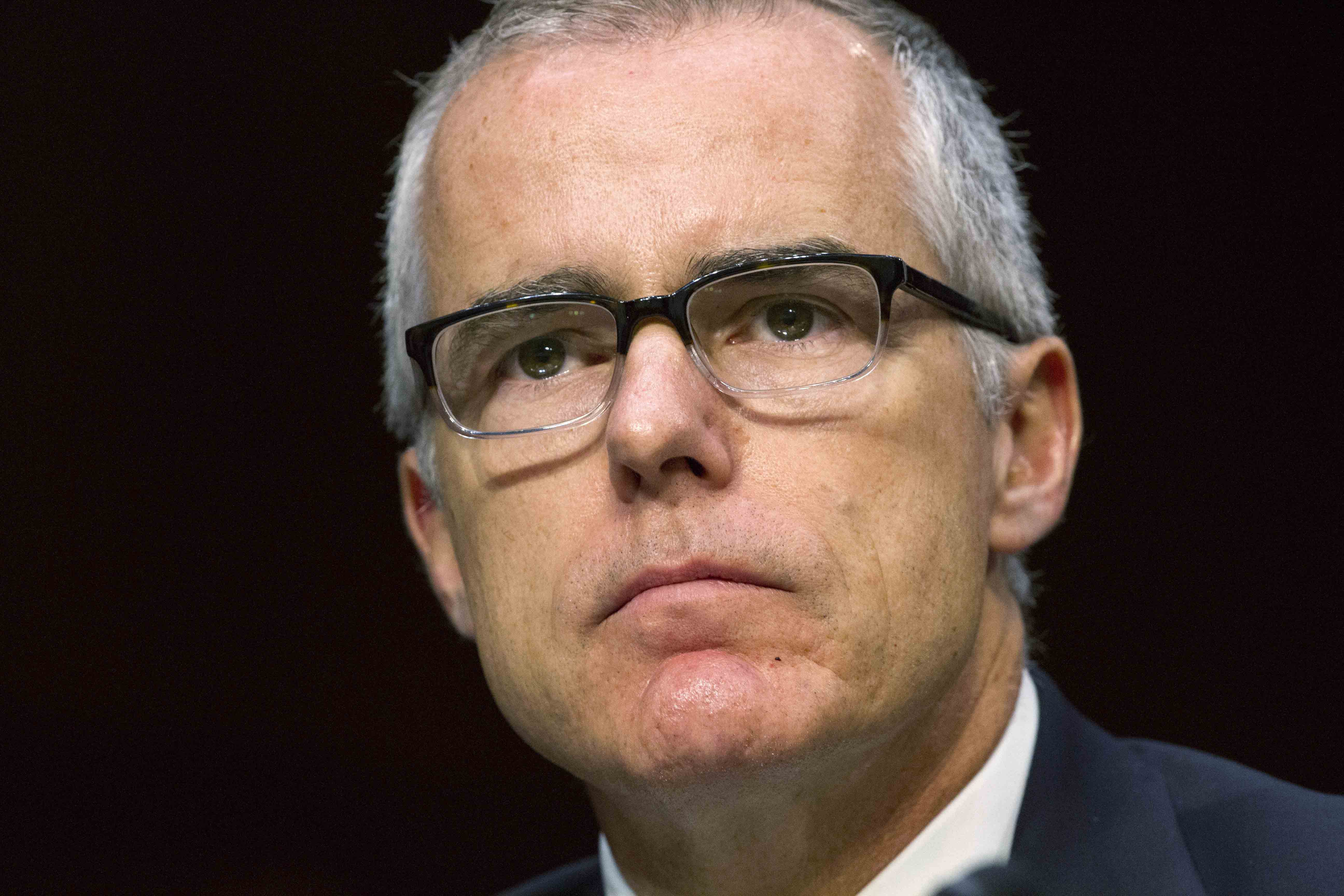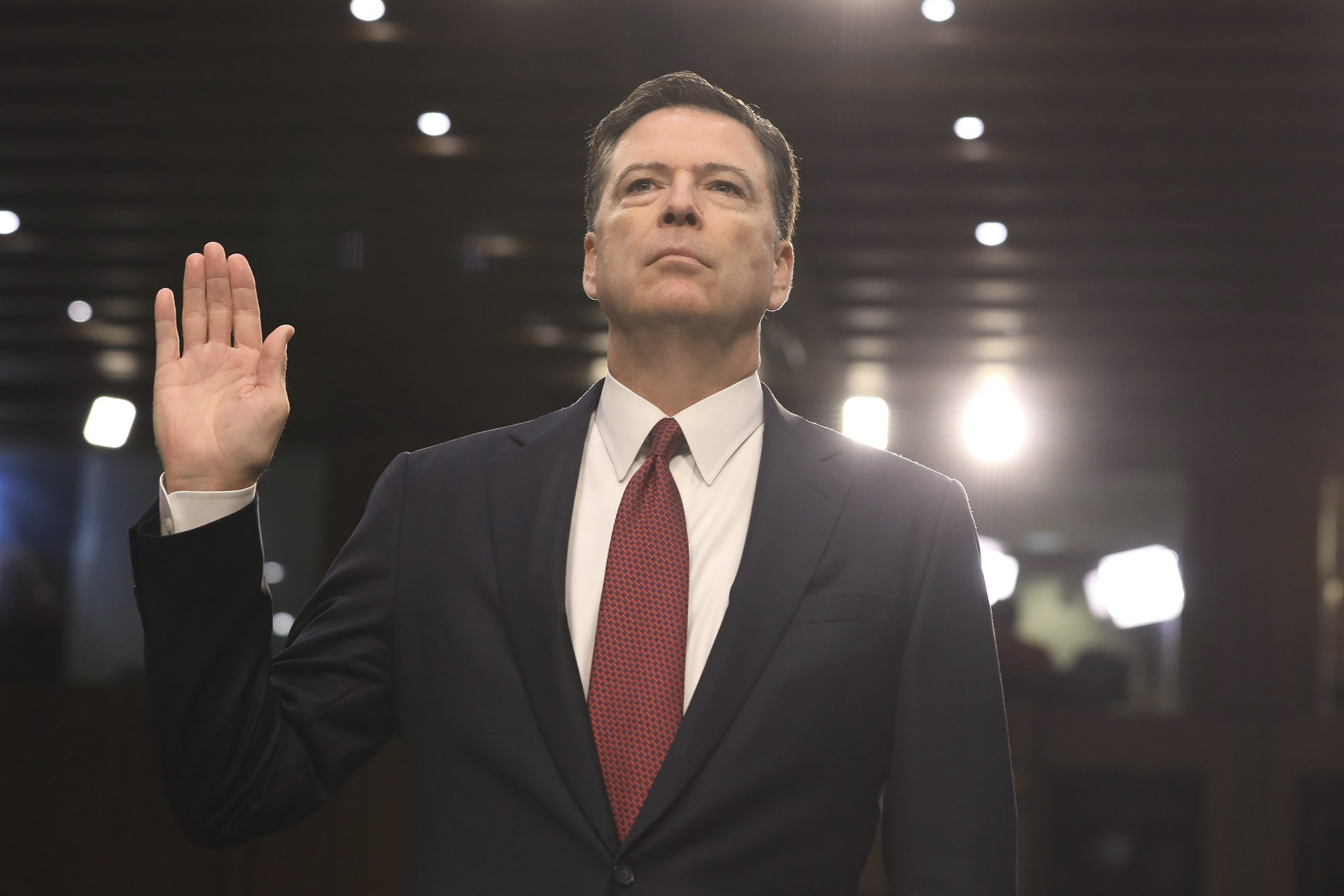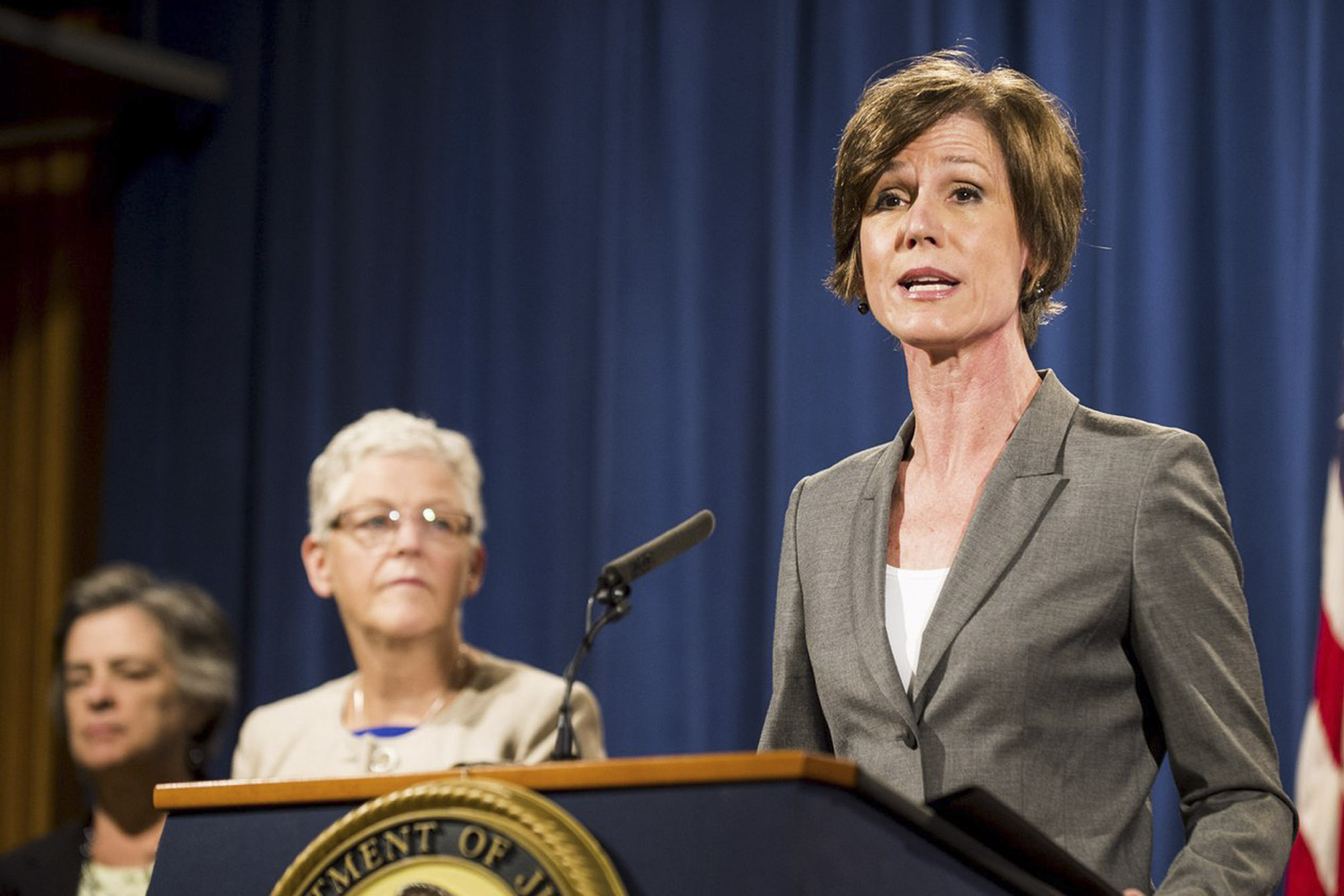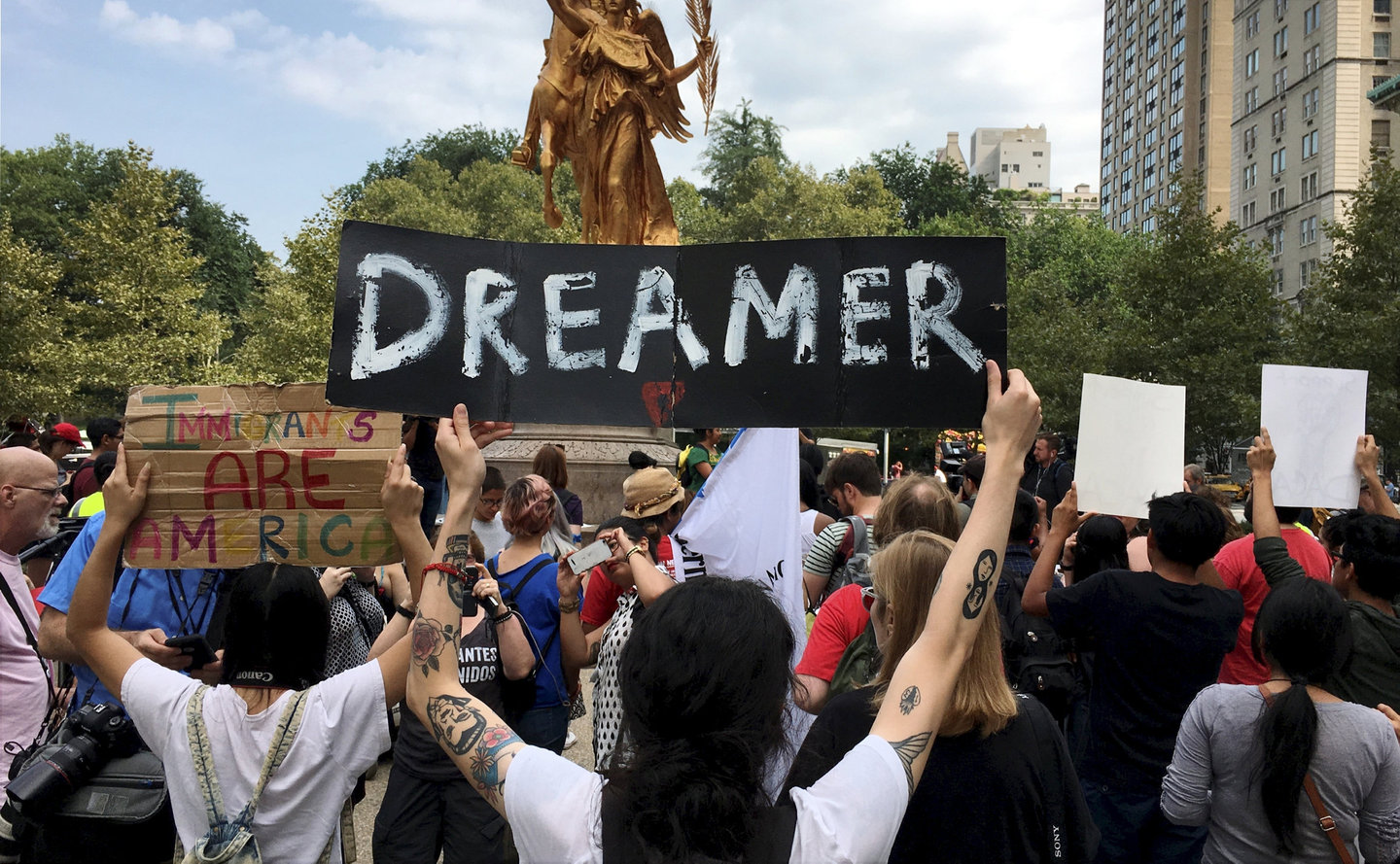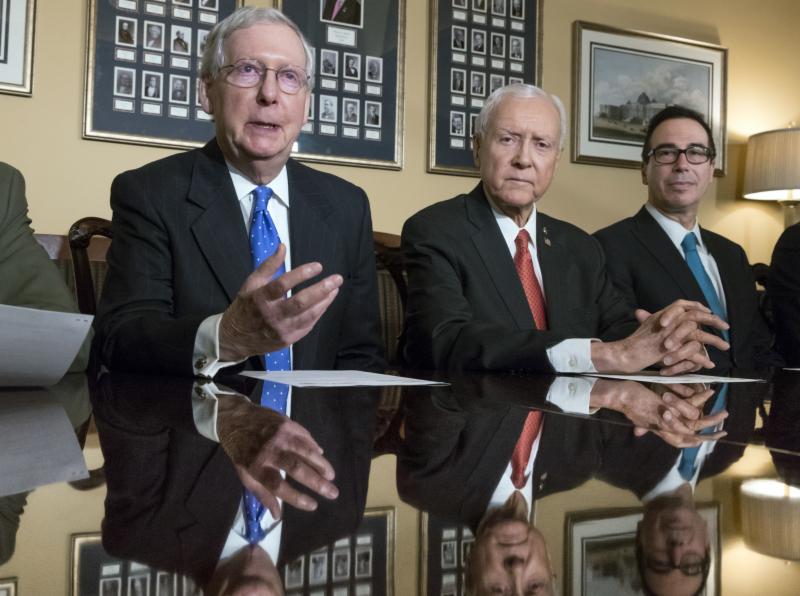Families that were separated at the border are just the latest in a string of immigration issues that provoked outcry across the country.
The Trump administration rescinded its family separation policy in June, but not before roughly 2,500 children were separated from their parents as they tried to cross into the United States.
Here’s a breakdown of the latest immigration numbers in the United States and on Long Island:
2,500
children separated from their parents at the borderAbout 2,500 children were separated from their parents under the “zero tolerance” policy until President Donald Trump signed an executive order June 20 ending family separation. They were sent to federally approved agencies around the country.
1,621
children to be reunited with their parentsJustice Department officials said in court papers that as of July 23, 879 of the 2,500 children have been reunited. That is up from 364 less than a week earlier. Another 538 children have been interviewed and cleared for reunification, with transport pending, the Justice Department said in court papers.
30
days given to the government to reunite familiesA federal judge in San Diego ruled the Trump administration had up to 30 days to reunite families affected by the zero tolerance separation policy. That deadline is July 26.
8
the number of separated children on Long IslandThe children are living at MercyFirst, a federally approved shelter in Syosset. A MercyFirst official said another eight children were being cared for at the agency earlier in the summer. They have already been discharged.
380,872
the average number of people apprehended at the border annually since 2014The number of individuals who are apprehended at the border has fluctuated in the past several years with the sharpest decline in 2017, when 303,916 people were apprehended. The U.S. Customs and Border Protection reports the number by fiscal year. So far in fiscal year 2018, 252,187 people have been detained at the Southwest border. These figures include unaccompanied children and family members.
42.2 million
immigrants in the United StatesThere are an estimated 42.2 million immigrants in United States. That includes those who are here legally and illegally.
About 11 million
immigrants out of statusAnyone following immigration issues also is likely to run into the 11 million figure for the total of the unauthorized population, though that estimate has decreased to 10.8 million as of 2016, according to the Center for Migration Studies in Manhattan. This figure represents the best estimate of the overall population of immigrants who are out of status, or living in the U.S. illegally. It includes DACA recipients, Dreamers, immigrant adults and unaccompanied minors, as well as people whose visas expired and didn’t leave — whether they initially came legally on temporary visas and fell out of status or they crossed the borders and entered through U.S. ports unlawfully from the get-go.
This is a widely accepted figure that uses statistics from the U.S. Census Bureau, visa records from the Department of Homeland Security’s U.S. Citizenship and Immigration Services, federal government economic surveys and calculations of margins of errors in those numbers.
527,000
immigrants on Long IslandThere are about 296,000 immigrants in Nassau and about 231,000 immigrants in Suffolk, according to the latest four-year average from Census surveys.
99,000
immigrants out of status on Long IslandThe Migration Policy Institute estimates 51,000 of those are in Suffolk County and 48,000 are in Nassau County, giving us about 99,000 immigrants without status on Long Island. In New York State, 850,000 immigrants are out of status.
814,058
the total number of immigrants who have been granted DACA protectionMore than 800,000 people have applied for and have been granted protections under Deferred Action for Childhood Arrivals since the program’s creation in 2012, as of March 31, 2018. Some of their work permits have expired, and some have not renewed their permits out of fear of immigration enforcement — thus, the lower 690,000 figure of those currently in the program. However, they all were protected under DACA and still are in the government database for the program.
The Jan. 9 decision by U.S. District Court Judge William Alsup, for the time being, blocked the Trump administration’s plans to phase out DACA safeguards against deportation in a case being heard in San Francisco. That means DACA recipients are being allowed to apply for renewal of DACA protection. At present, because of the court order, those who apply for renewal and still qualify would get another two years of legal protection under the program. On Feb. 13, U.S. District Court Judge Nicholas Garaufis, in a case being heard in Brooklyn, reached a similar conclusion as Alsup in allowing the DACA renewals to continue for those who were already protected under the program.
–with Víctor Manuel Ramos, Raisa Camargo and AP









